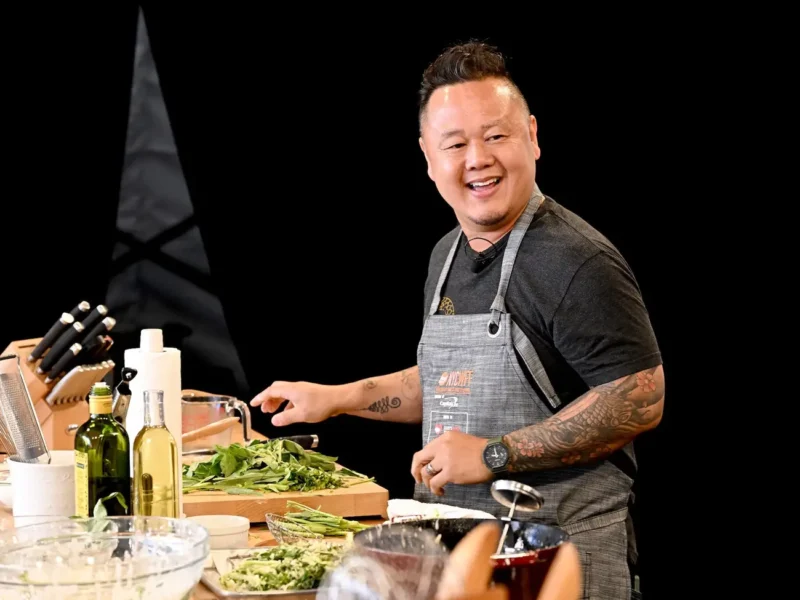Celebrity chef and restaurateur Jet Tila has spent his career, and his life, around people executing various cuisines from all over Asia.
(See the full article at Business Insider.)
From his time growing up in the business, studying at various cooking schools, and traveling himself, the Food Network star has found that there are certain benchmarks of Thai restaurants that, to him, indicate whether the people behind the eatery are serving up something delicious.
Pay attention to the table setting
Tila said the first thing he pays attention to happens before the food even comes out — it’s how the table is set.
“If a Thai restaurant sets with a spoon and a fork, that’s gonna tell me that they’re slightly more authentic because the proper way to eat Thai food, you know, with Jasmine rice, is fork and spoon,” he said.
While the fork and spoon are a giveaway to him that a restaurant is trying to channel a more traditional Thai style of dining, chopsticks do the opposite. “If they set automatically with chopsticks, and they’re not a noodle house, that usually tells me they’re kind of pandering more to an American-style restaurant,” he said.
Notice how they treat the presence of spice
“I think the bellwethers are how sweet the food is,” Tila said, adding that really good measures of a Thai restaurant would be its curry and whether a server or menu offers different spice levels.
Tila said a good curry dish should be “nice and thick” with a substantial amount of heat, and that’s it’s a good sign if someone asks you how spicy you want a dish. “They usually will say, ‘Our hot is really hot,'” he said while explaining what a spice-level ask might look or sound like.
Less common, more regional dishes can indicate a good menu
If you’re studying the menu and see some dishes that aren’t commonly found at other Thai restaurants in America — he listed Khao soi and mango salad as examples — that might be a great sign, Tila said, though it’s not a guarantee.
“The problem is,” he added, “anyone could put a lesser-known dish but still execute it poorly.”
Similarly, he said, you might see something that’s not traditionally Thai at all on the menu and think that means the food is bad. While it certainly can be a marker of a confused chef, it can also be indicative of a creative or well-versed one.
“I know some Thai restaurants in LA that make teriyaki, and they’re still phenomenal Thai restaurants,” he said.
Ultimately, this comes down to knowing and trusting your chef. “Pei Wei does serve Korean and Thai and Chinese all at once,” Tila said of the restaurant chain he’s a partner of. “But I’ve got the credibility to get you there.”
Generally, even with all of his tips, the cookbook author recommends giving any restaurant at least two tries before making a decision about it, unless you have a really terrible experience. “And there’s no excuse, obviously, for bad service and bad food,” he added. But if you’re “on the fence” or are unsure about it, he suggests going back a second time.






